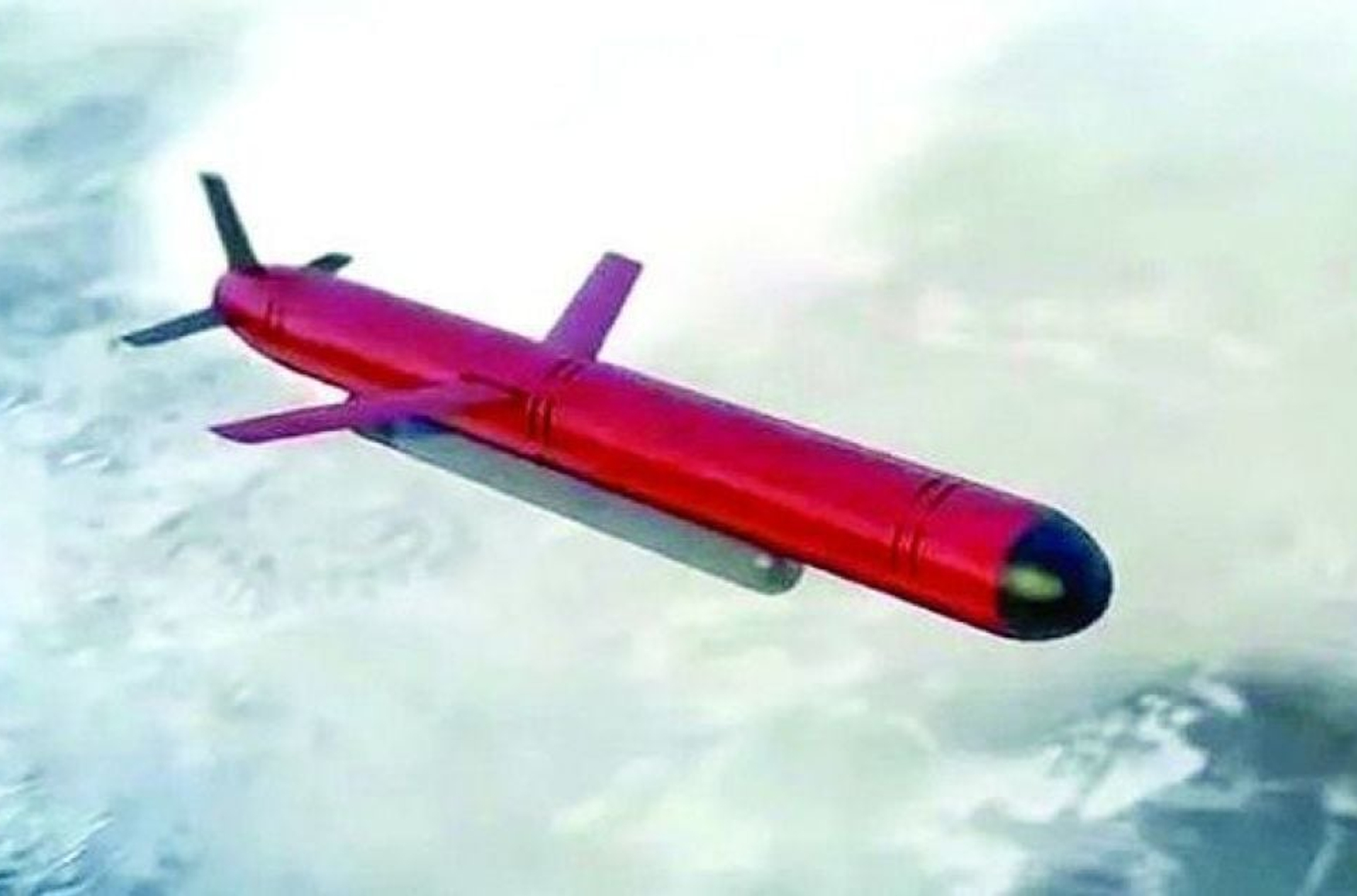
On Oct. 27, Norway’s military intelligence confirmed that Russia had tested a long-range Burevestnik cruise missile powered by a nuclear engine. According to Norwegian intelligence, the launch took place from the Arctic archipelago of Novaya Zemlya in the Barents Sea. On Oct. 26, Russia had announced a successful test of the 9M730 Burevestnik missile (NATO reporting name: SSC-X-9 Skyfall) but did not specify the launch site.
According to Chief of the Russian General Staff Valery Gerasimov, the test itself took place on Oct. 21, when the missile covered about 14,000 kilometers and remained in flight for roughly 15 hours. This was not the first test — Russia has conducted at least 15 launches, of which U.S. intelligence has deemed only two partially successful. The previous test took place in 2023.
Maxim Starchak, a fellow at the Centre for International and Defence Policy at Queen’s University (Canada), told The Insider that the Norwegians had confirmed only one successful test:
“Previously, as far as we know, only individual components of the missile had been tested. It appears that one successful test is enough for Russia to claim the development and adoption of the missiles so heavily promoted by Putin. The same was true for the Sarmat, and roughly the same for the Oreshnik — a single test under combat conditions.
It’s clear that with the use of computer modeling, modern missiles can undergo shorter testing programs — but not to the point of just one test. The Burevestnik has not been tested for all parameters and under all possible conditions. The nuclear reactor and the missile’s design have demonstrated that they can interact successfully, but a single test cannot guarantee stable and predictable operation in the future. This means the informational effect takes precedence. The weapon is meant to frighten — if not governments, then the public, which is expected to pressure its leaders to recognize the military threat posed by Russia and to accept its arguments.”